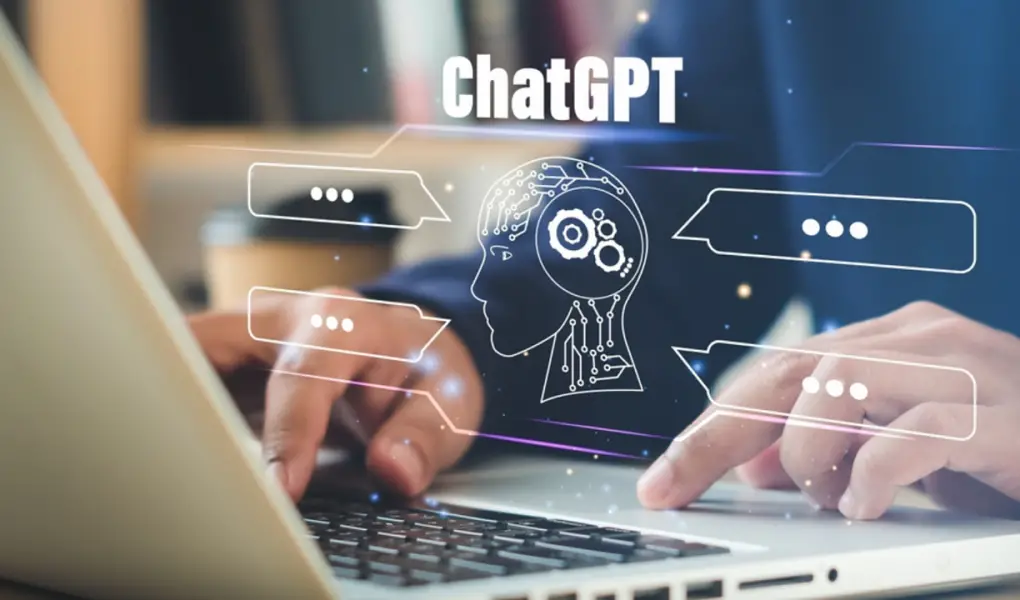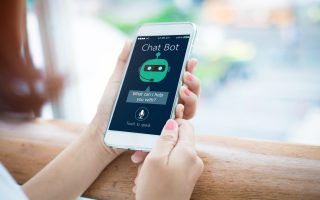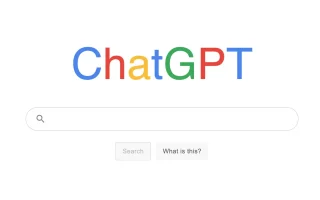In today’s digital age, chatbots have become a popular tool for businesses to improve their customer service and streamline their operations.
One of those chatbots is ChatGPT.
In this blog post, we’ll discuss what ChatGPT is, and how it works.
What is ChatGPT?
ChatGPT is a state-of-the-art language model developed by OpenAI. It is a deep learning model that uses a transformer architecture to process natural language inputs and generate human-like responses.
In simpler terms, it is an AI-powered chatbot that can communicate with humans in natural language.
Unlike traditional chatbots that rely on pre-written scripts, ChatGPT can generate responses on the fly based on the context of the conversation.
It’s capable of understanding the nuances of human language and can even generate responses that are witty and humorous.
How Does ChatGPT Work?
At its core, ChatGPT is a neural network that has been trained on a massive dataset of text. The model is pre-trained on a large corpus of text data, such as books, articles, and other online content.
This pre-training allows ChatGPT to learn the intricacies of language and develop an understanding of how different words and phrases relate to each other.
Once the model has been pre-trained, it can be fine-tuned for specific use cases. For example, a business may fine-tune ChatGPT to answer customer support queries or provide recommendations based on user input.
When a user interacts with ChatGPT, their input is passed through the model, which generates a response based on the context of the conversation. The response is then displayed to the user, who can continue the conversation or provide more input.
ChatGPT’s advanced natural language processing capabilities allow it to understand the meaning behind the user’s input, even if it contains spelling mistakes or uses slang. It can also recognize common phrases and idioms, making the conversation feel more natural and fluid.
Use Cases for ChatGPT
ChatGPT has a wide range of use cases across various industries.
Here are a few examples:
- Customer Support: ChatGPT can be used to answer customer queries and provide support. It can handle a large volume of queries simultaneously, allowing businesses to improve their response times and reduce their customer service costs.
- E-commerce: ChatGPT can be used to provide product recommendations based on user input. It can analyze a user’s browsing history and purchase behaviour to suggest products that they are likely to be interested in.
- Healthcare: ChatGPT can be used to provide medical advice and answer health-related queries. It can analyze symptoms and provide recommendations on what to do next.
- Education: ChatGPT can be used to provide personalized learning experiences for students. It can analyze a student’s learning history and provide tailored recommendations on what topics they should focus on next.
- Entertainment: ChatGPT can be used to create engaging and interactive content, such as quizzes, games, and chat-based stories.
Benefits of ChatGPT
Scalability
ChatGPT can handle a large volume of queries simultaneously, making it an ideal tool for businesses with a high volume of customer queries.
Cost-effective
ChatGPT can reduce the cost of customer service operations by automating responses to frequently asked questions.
Personalization
ChatGPT can provide personalized recommendations based on user input, making the experience feel more tailored to the individual.
Improved Customer Satisfaction
ChatGPT can improve customer satisfaction by providing fast and accurate responses to queries.
Data Collection
ChatGPT can collect valuable data on user behavior and preferences, which can be used to improve products and services.
Conclusion
In summary, ChatGPT is an AI-powered chatbot that uses natural language processing to communicate with users.
Its advanced capabilities allow it to understand the nuances of human language, making the conversation feel more natural and fluid.
It has a wide range of use cases across various industries and can provide benefits such as scalability, cost-effectiveness, personalization, improved customer satisfaction, and data collection.
As technology continues to advance, we can expect chatbots like ChatGPT to become even more sophisticated and capable of handling more complex tasks. They will continue to play a crucial role in improving customer service, streamlining operations, and providing personalized experiences for users.
However, it’s important to note that while chatbots like ChatGPT can automate certain tasks, they cannot replace the human touch entirely.
There will always be a need for human interaction and empathy, especially in sensitive situations like healthcare or emotional support.
Overall, ChatGPT is an impressive example of the power of AI and natural language processing. As it continues to evolve and improve, it will undoubtedly play an even bigger role in shaping the future of communication and customer service.




